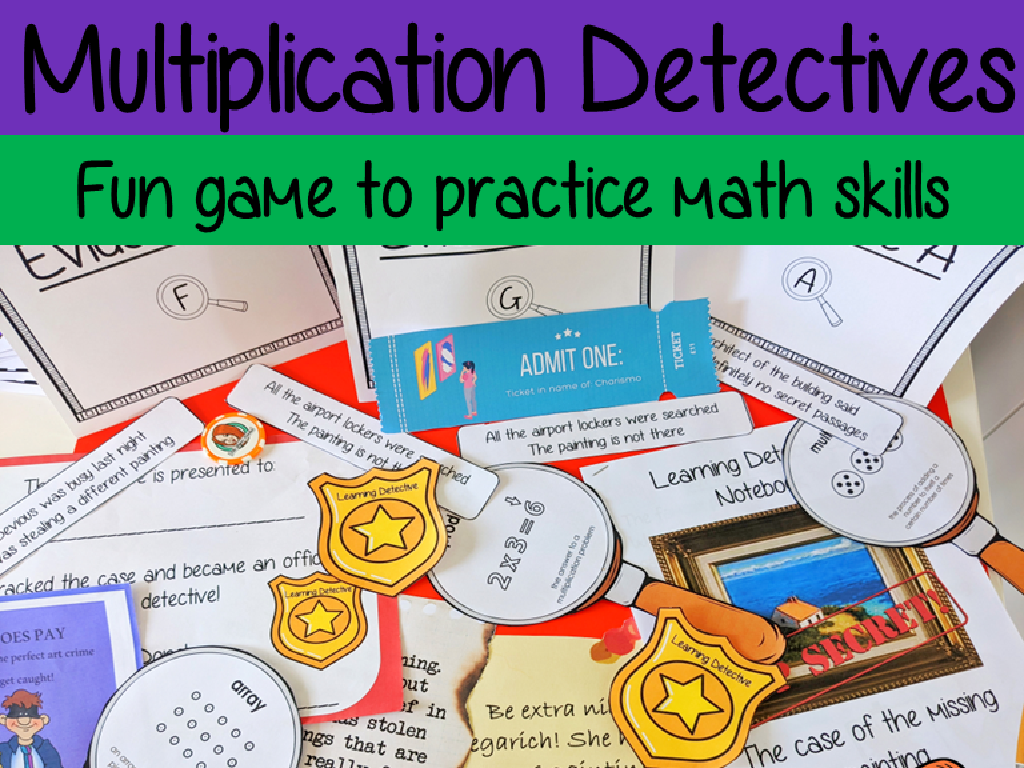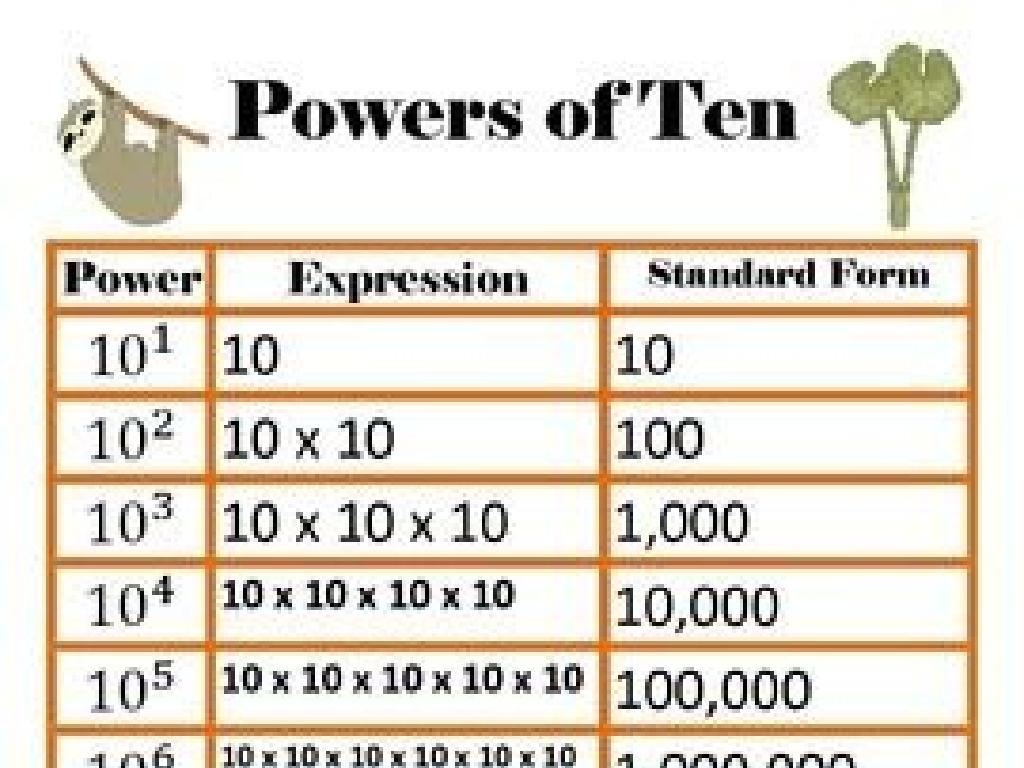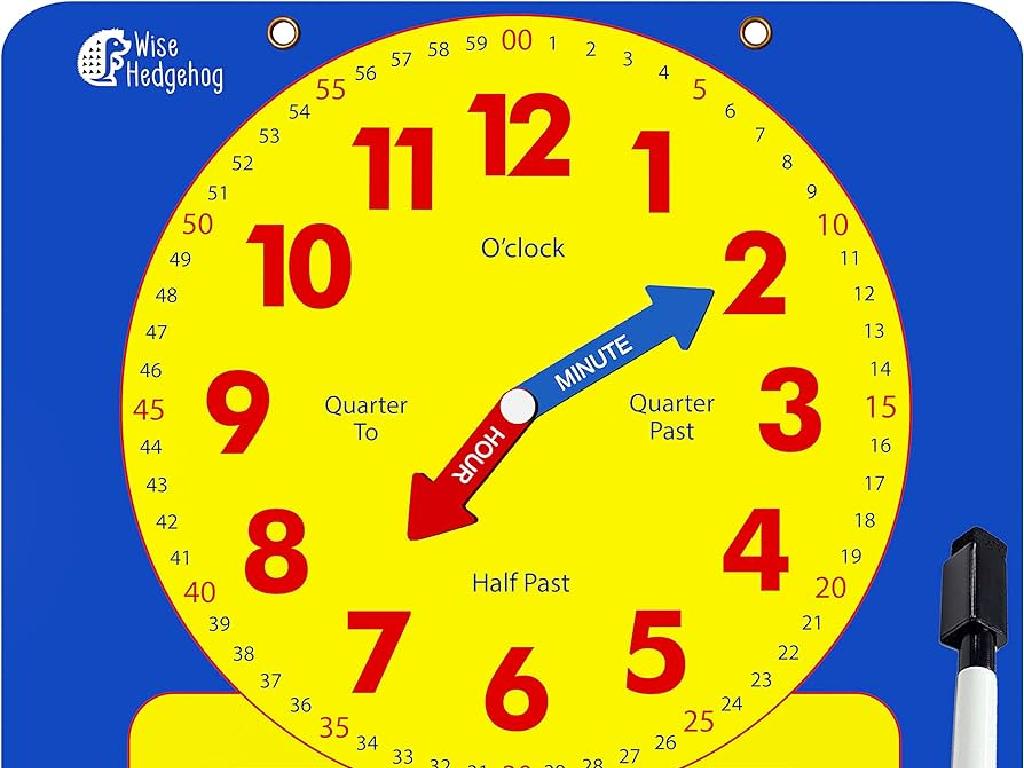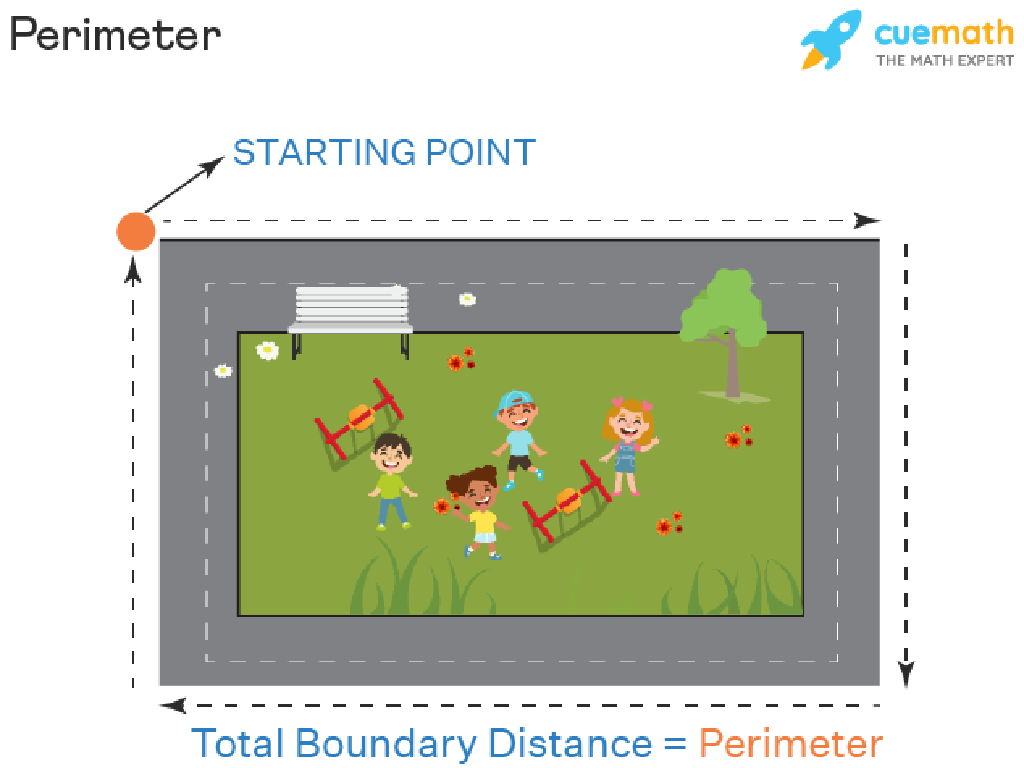Identify States Of The Northeast
Subject: Social studies
Grade: Third grade
Topic: States
Please LOG IN to download the presentation. Access is available to registered users only.
View More Content
Exploring the Northeast Region
– Locate the Northeast on a map
– Find the Northeast corner of the United States
– Features of the Northeast
– Mountains, forests, and big cities like New York
– States in the Northeast region
– There are 11 states including Maine and Pennsylvania
– Importance of the Northeast
|
This slide introduces the Northeast region of the United States, aiming to help third-grade students understand its geographical location, physical features, and the states that comprise it. Start by showing where the Northeast is on a map of the U.S. Discuss notable features such as the Appalachian Mountains, extensive forests, and major urban centers. List and locate the 11 states of the Northeast, including Maine, Vermont, New Hampshire, Massachusetts, Rhode Island, Connecticut, New York, New Jersey, Pennsylvania, Maryland, and Delaware. Emphasize the region’s historical significance and its role in the country’s development. Activities can include identifying states on a map, discussing famous landmarks, and sharing interesting facts about each state.
Exploring Regions: The Northeast
– What defines a region?
– A region has features that make it unique.
– US divided into regions
– The Northeast is one of the several US regions.
– Regions by climate & culture
– Climate and culture can define a region’s characteristics.
– Geography shapes regions
– Mountains, rivers, and coastlines can define a region.
|
This slide introduces the concept of regions and how they are determined. A region is characterized by features that distinguish it from other areas, which can include similarities in climate, culture, or geographical attributes. The United States is divided into various regions, each with its own unique identity. For example, the Northeast is known for its distinct seasons, rich history, and geographical landmarks like the Appalachian Mountains. Understanding regions helps us appreciate the diversity within our country and recognize the commonalities that bring us together. Encourage students to think about what makes their own region special and how it might differ from the Northeast.
Exploring the Northeast Region
– Known for landscapes and history
– Rolling hills, forests, and coastlines
– Includes NY, PA, and MA
– Learn about these states’ locations
– Home to Niagara Falls
– A breathtaking waterfall on the border of NY
– Find the Liberty Bell here
– A historic symbol of freedom in Philadelphia, PA
|
This slide introduces students to the Northeast region of the United States, highlighting its natural beauty and historical significance. Emphasize the diverse landscapes, from the Appalachian Mountains to the Atlantic coastline, which make the region unique. Point out New York, Pennsylvania, and Massachusetts on a map and discuss their location in relation to the class’s home state. Mention famous landmarks such as Niagara Falls, which straddles the border between the United States and Canada, and the Liberty Bell, an iconic symbol of American independence located in Philadelphia. Encourage students to think about what makes these places important and how they contribute to the region’s identity.
Exploring the Northeast States
– 11 states in the Northeast
– Name states of the Northeast
– Can you think of any states in the Northeast?
– Identify states on a map
– We’ll use a map to locate each state
– Geography of the Northeast
– Learn about the location and features
|
This slide introduces the students to the Northeast region of the United States, which comprises 11 states. Start by asking the students if they can name any states in the Northeast to gauge their prior knowledge. Then, move on to a map activity where students will learn to identify each Northeast state by its shape and location. Emphasize the importance of geography in understanding how states are grouped into regions. Encourage students to think about what makes the Northeast unique, including its history, climate, and landmarks. Prepare a map or a puzzle activity for the next class to help them visualize and memorize the states.
Exploring the Northeast States
– Using clues to identify states
– Observing state shapes and borders
– Notice how each state has a unique outline.
– Locating states on the map
– Find where each state sits in relation to others.
– Starting with Maine, the top corner!
– Maine is our starting point, right at the top!
|
This slide is designed to introduce students to the geography of the Northeastern United States. Encourage the students to use visual clues like the shape of the state, its borders with other states, and its location on the map to identify each state. Using Maine as a starting example is effective because it is the northeasternmost state and has a distinctive shape that is easy to recognize. Provide a map of the Northeast for students to look at while discussing. For an engaging activity, consider having students draw their own maps or use puzzles to match states to their shapes. This will help solidify their understanding of the geography of the region.
Fun Facts About the Northeast
– Rhode Island: The smallest state
– Vermont’s sweet maple syrup
– Known for its delicious maple syrup production.
– Massachusetts’ historic lighthouse
– The first American lighthouse was built in Boston Harbor.
– Discovering the Northeast’s uniqueness
|
This slide aims to spark interest in the Northeast region of the United States by sharing engaging trivia with the students. Highlight that Rhode Island’s size makes it unique among the states. Discuss Vermont’s reputation for producing high-quality maple syrup and how it’s an important part of the state’s economy and culture. Explain the historical significance of the first American lighthouse in Massachusetts, built in 1716, and how it helped ships navigate to Boston Harbor. Use these facts to encourage students to think about how each state in the Northeast has its own story and contributions to American history. This can lead to a discussion on the diverse characteristics that define each state in the region.
Map Challenge: Identify the Northeast States
– Receive a blank Northeast map
– Identify and label each state
– Write the name of each state in the correct location
– Use your memory and notes
– Think about the shapes and positions of the states we learned
– Have fun with the map challenge
|
This class activity is designed to reinforce the students’ knowledge of the Northeastern states through an interactive map labeling exercise. Distribute blank maps of the Northeast to each student and provide them with colored pencils or markers. Encourage them to recall the states’ names, shapes, and positions as they learned in previous lessons. Offer hints and assistance as needed. Possible variations of the activity could include pairing students to work together, timing the activity for a fun race, or even having students color-code the states based on certain criteria like population size or state capitals. This hands-on activity not only solidifies geographic knowledge but also enhances spatial reasoning and memory recall.
Review: States of the Northeast
– Recap Northeast states learned
– Open floor for questions
– Share interesting Northeast facts
– Think about landmarks, weather, or history
– Engage with a fun fact challenge
– Who can share a unique fact about a state?
|
This slide aims to consolidate the knowledge students have gained about the Northeastern states. Begin by recapping the states covered in the lesson. Then, invite students to ask any questions they might have, ensuring they feel comfortable and clear about the information presented. Encourage them to think of and share any additional facts they know or have learned about the Northeast, such as famous landmarks, typical weather patterns, or historical events. To make this interactive, consider turning it into a game where students get points for sharing unique facts. This will help reinforce their learning and make the review session more engaging.
Great Work on Northeastern States!
– Congratulations on learning the states!
– Recall unique Northeast features
– Remember things like weather, landmarks, and history
– Practice with your map at home
– Use a blank map to label each state
– Keep exploring geography!
|
This slide is a celebration of the students’ achievement in identifying the states of the Northeast. It’s important to reinforce the unique geographical, historical, and cultural aspects of the region that they’ve learned. Encourage them to continue practicing by using a map at home to help solidify their knowledge. Suggest that they label a blank map from memory and then check their work against a labeled map. This will help them to retain the information they’ve learned and foster a love for geography and learning about different regions of the United States.






